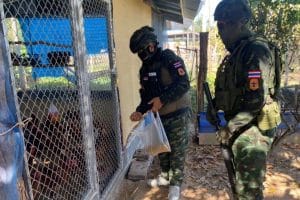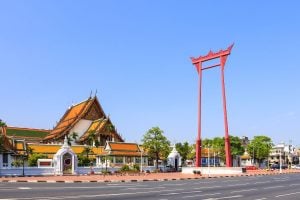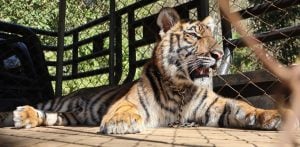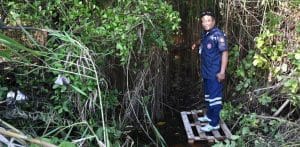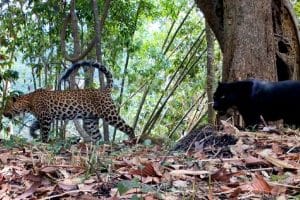Ancient hyena fossils found in Krabi cave reveal savannah past
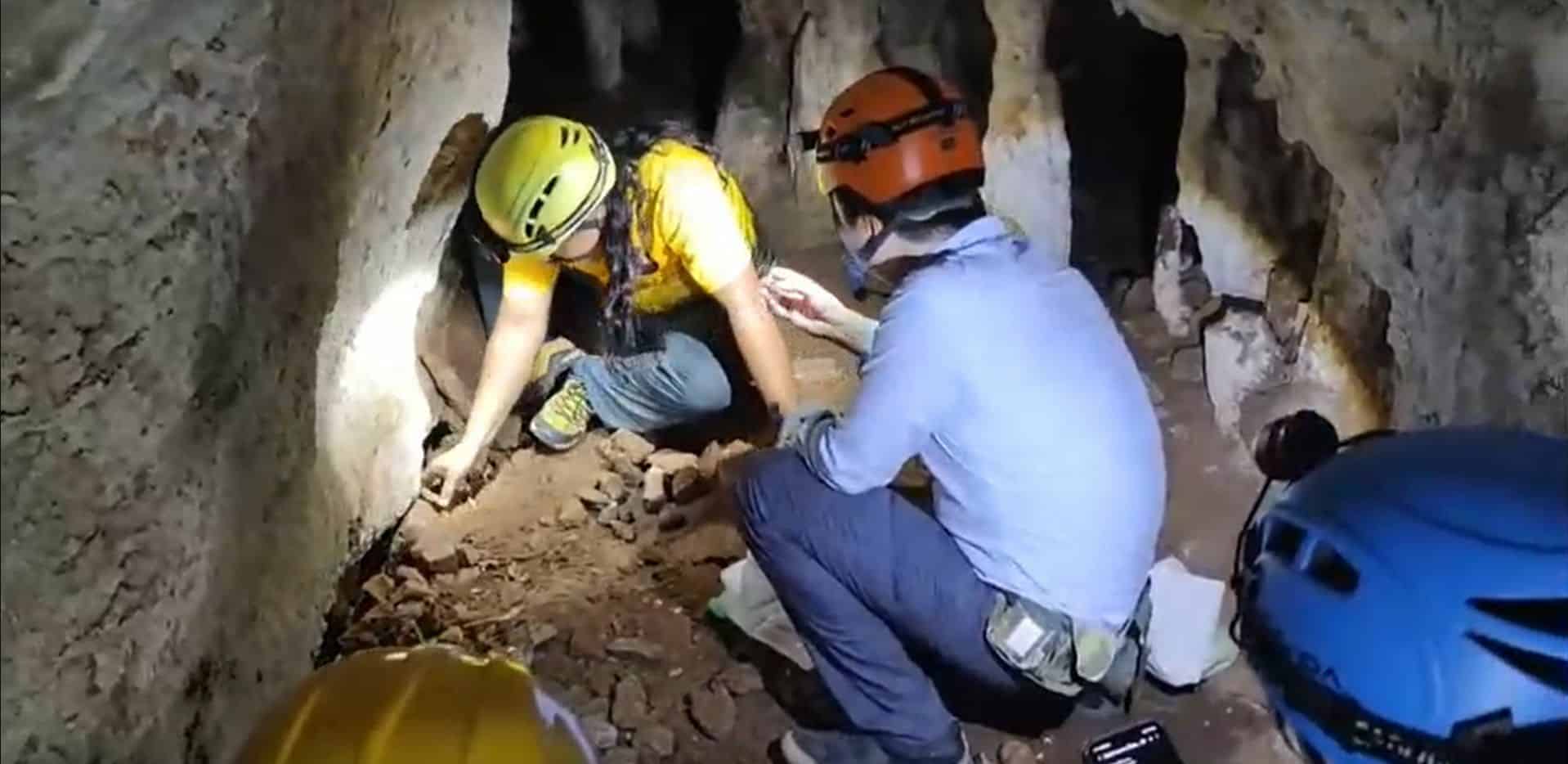
A recent discovery in a cave in Krabi has unearthed numerous hyena fossils, estimated to be over 200,000 years old, suggesting that Krabi was once a savannah.
Yesterday, February 9, Assistant Professor Doctor Kantapon Suraprasit, a lecturer from the Department of Geology at Chulalongkorn University, alongside a team of geologists and the Krabi Cave Lovers Club, conducted an exploration in To Chong Cave, located in Baan Chong Phli, Sai Thai subdistrict, Mueang district, Krabi province.
The initial findings included fossilised teeth and bones from various animals, such as hyenas, orangutans, forest deer, porcupines, boars, and cattle.
Some remains require further cleaning and analysis to determine their origins. The team plans to conduct comprehensive research to verify the exact age of these fossils.
Assistant Professor Dr Kantapon noted that preliminary estimates suggest the fossils date from the late Lower Pleistocene to the early Late Pleistocene, approximately between 80,000 and 200,000 years ago.
The discovery of the spotted hyena fossils marks a significant record of their southernmost distribution in Southeast Asia.
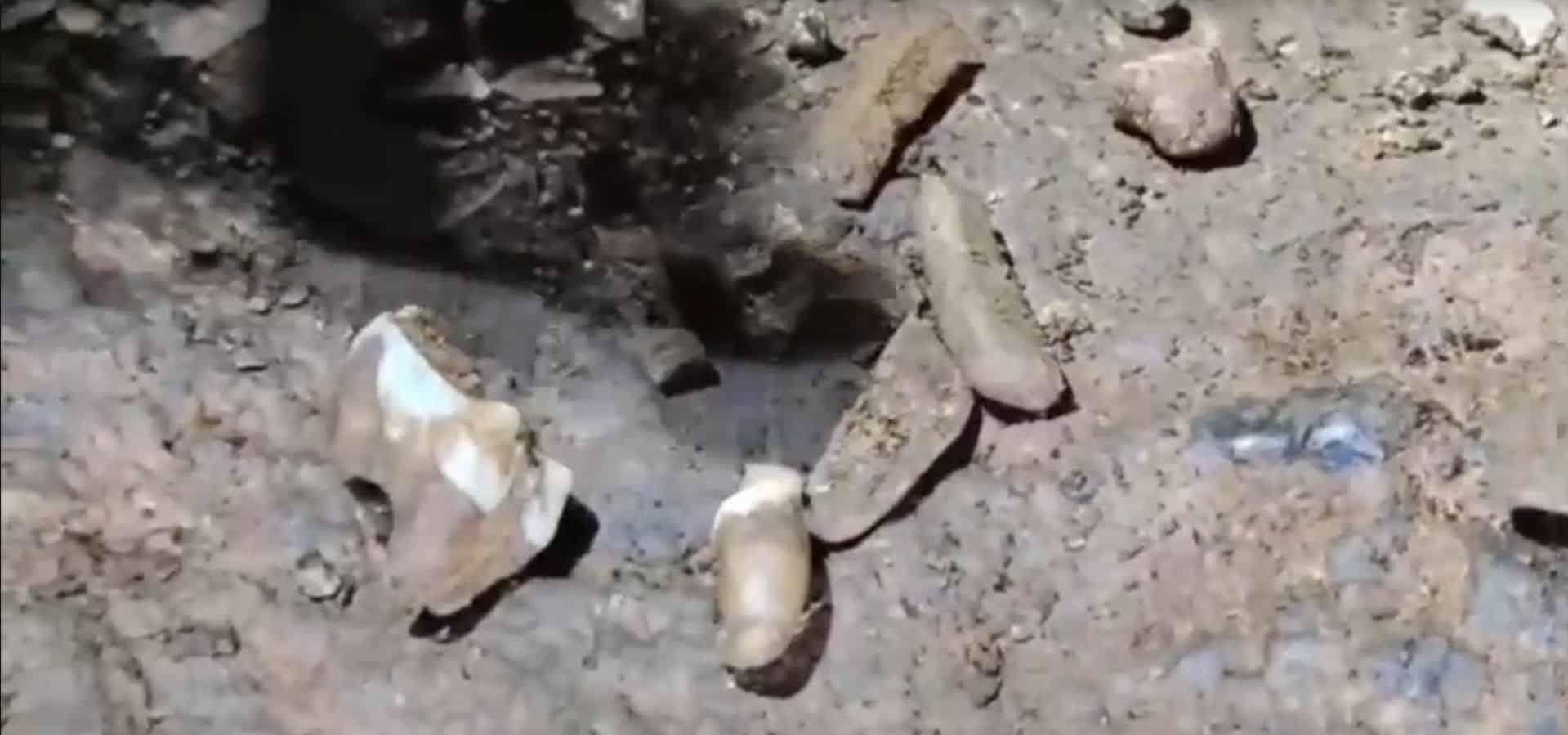
Studying past environments aids in understanding current and future environmental changes, highlighting nature’s limitations and helping to explain phenomena affecting human adaptation.
The research team previously studied stable carbon and oxygen isotopes from fossilised enamel found in Yai Ruak Cave, Ao Luek district, Krabi.
The isotopic analysis confirmed that Krabi’s environment during the Pleistocene era, around 200,000 years ago, was characterised by a savannah interspersed with patches of dense forest, reported KhaoSod.
This environment facilitated the migration of mammals to various islands. It is hypothesised that the movement of hyenas to southern Krabi resulted from the discontinuity of the savannah route, interrupted by rainforests in the Sunda Shelf region, prevalent between the Thai-Malaysian peninsula during the Pleistocene ice age. Currently, hyenas are found only in the savannahs of Africa.
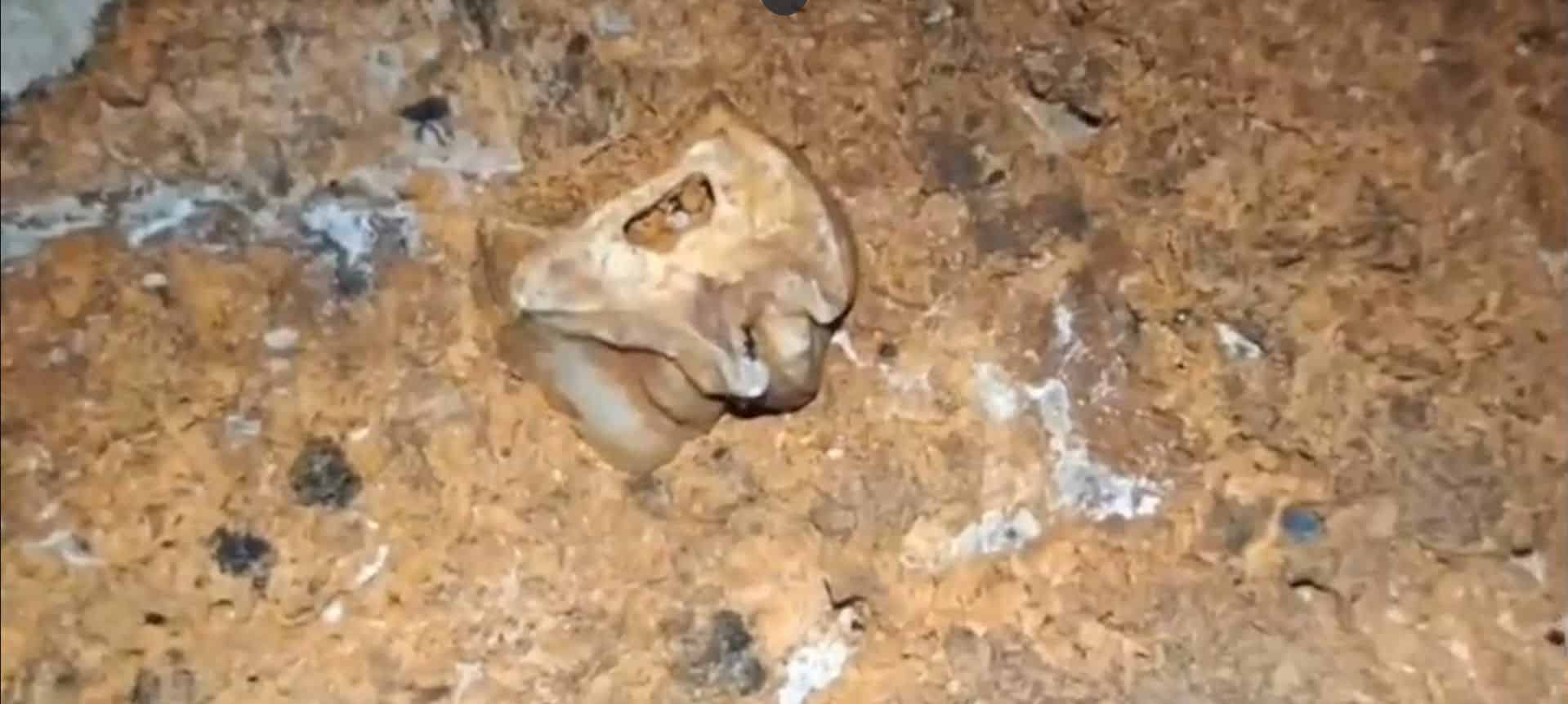
Latest Thailand News
Follow The Thaiger on Google News:



